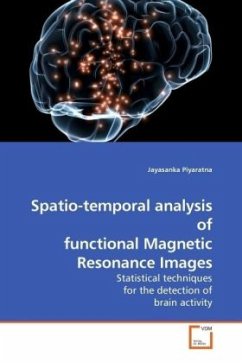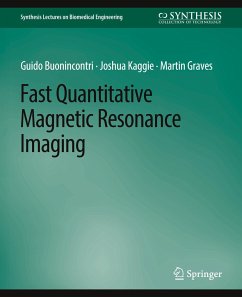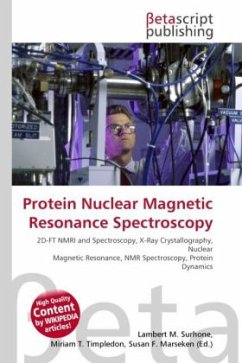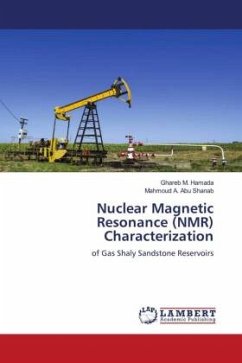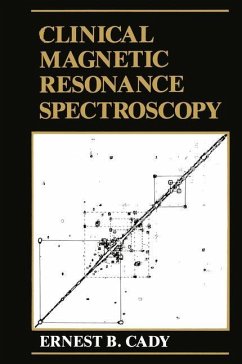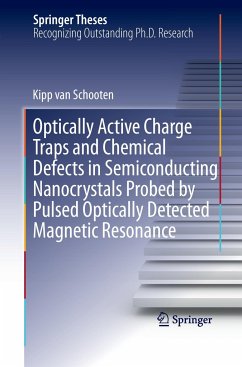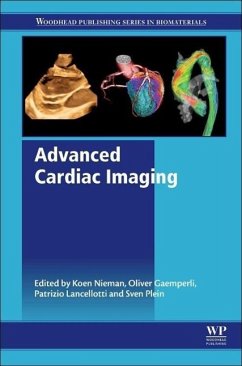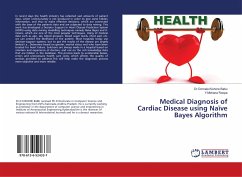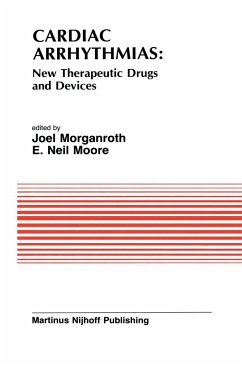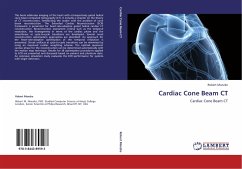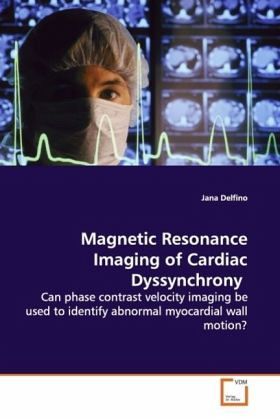
Magnetic Resonance Imaging of Cardiac Dyssynchrony
Can phase contrast velocity imaging be used to identify abnormal myocardial wall motion?
Versandkostenfrei!
Versandfertig in 6-10 Tagen
51,99 €
inkl. MwSt.

PAYBACK Punkte
26 °P sammeln!
Cardiac resynchronization therapy (CRT) is a highly effective treatment for heart failure patients with dyssynchrony, but selection of patients for CRT remains problematic. The goal of this project was to develop a patient selection tool for CRT based on myocardial wall velocities acquired with Magnetic Resonance Phase Velocity Mapping (MR PVM). First the image acquisition and post-processing protocols for MR PVM imaging of myocardial tissue were developed. A myocardial motion phantom was used to verify the accuracy of, and optimize the acquisition parameters for, the developed MR PVM sequence...
Cardiac resynchronization therapy (CRT) is a highly
effective treatment for heart failure patients with
dyssynchrony, but selection of patients for CRT
remains problematic. The goal of this project was
to develop a patient selection tool for CRT based on
myocardial wall velocities acquired with Magnetic
Resonance Phase Velocity Mapping (MR PVM). First
the image acquisition and post-processing protocols
for MR PVM imaging of myocardial tissue were
developed. A myocardial motion phantom was used to
verify the accuracy of, and optimize the acquisition
parameters for, the developed MR PVM sequence.
Excellent correlation was demonstrated between
longitudinal myocardial velocity curves acquired
with the optimized MR PVM sequence and Tissue
Doppler velocities. A database describing the
normal myocardial contraction pattern was
constructed. A small group of dyssynchrony patients
was compared to the normal database, and several
areas of delayed contraction were identified in the
patients. Finally, a method for computing
transmural, endocardial, and epicardial, radial
strains and strain rates from MR PVM velocity data
was developed.
effective treatment for heart failure patients with
dyssynchrony, but selection of patients for CRT
remains problematic. The goal of this project was
to develop a patient selection tool for CRT based on
myocardial wall velocities acquired with Magnetic
Resonance Phase Velocity Mapping (MR PVM). First
the image acquisition and post-processing protocols
for MR PVM imaging of myocardial tissue were
developed. A myocardial motion phantom was used to
verify the accuracy of, and optimize the acquisition
parameters for, the developed MR PVM sequence.
Excellent correlation was demonstrated between
longitudinal myocardial velocity curves acquired
with the optimized MR PVM sequence and Tissue
Doppler velocities. A database describing the
normal myocardial contraction pattern was
constructed. A small group of dyssynchrony patients
was compared to the normal database, and several
areas of delayed contraction were identified in the
patients. Finally, a method for computing
transmural, endocardial, and epicardial, radial
strains and strain rates from MR PVM velocity data
was developed.



